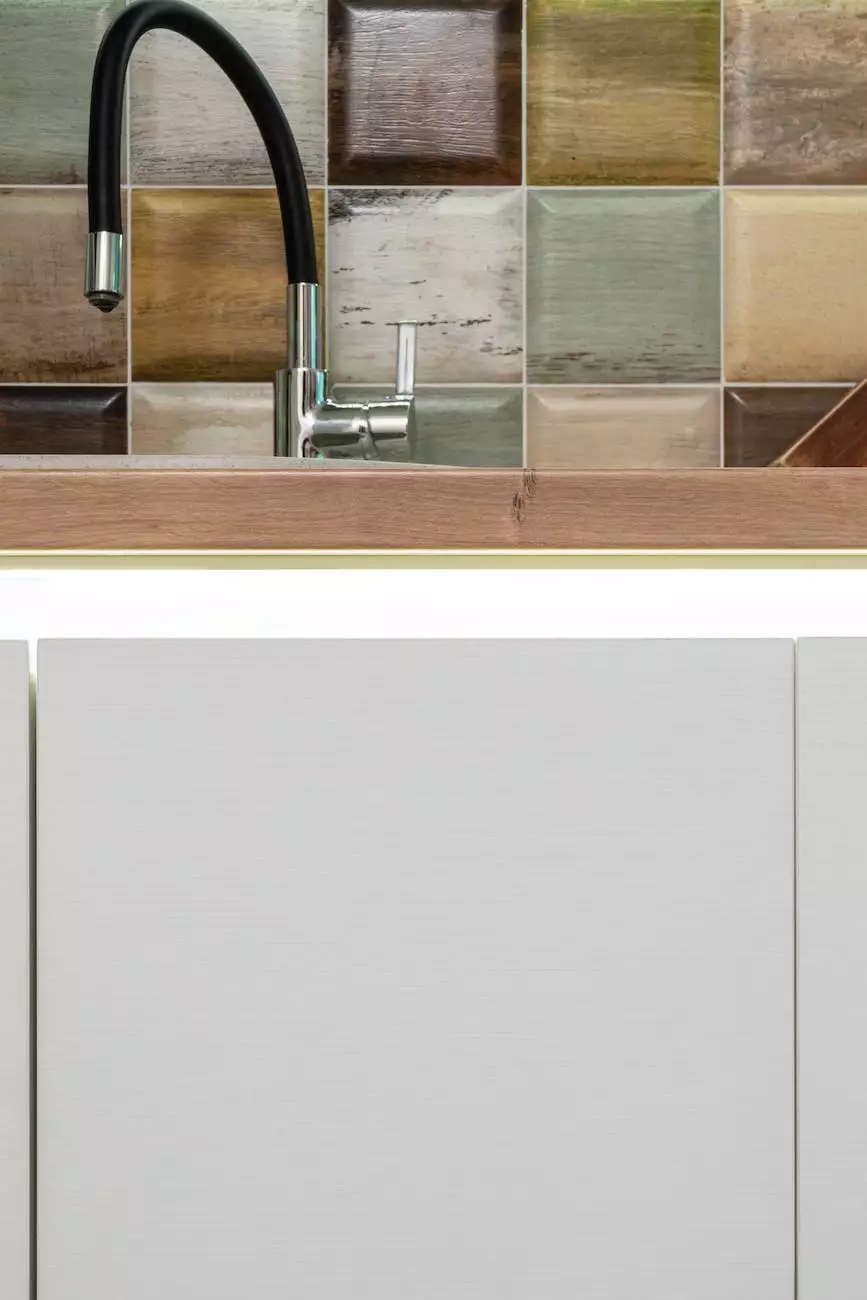Definition of the term P Trap
Services Offered
Introduction
In the world of plumbing, the term "P trap" holds significant importance. Nicholas Home Inspection & Consulting, a trusted name in the field of business and consumer services - consulting & analytical services, is here to provide you with comprehensive knowledge about this essential component of plumbing systems.
What is a P Trap?
A P trap, also known as a sink trap, is a curved pipe shaped like the letter "P". It is an integral part of a plumbing system and is responsible for preventing noxious gases from entering your living or working spaces through the drainage system. The unique shape of the P trap allows it to create a water seal barrier that blocks the passage of these gases, thus ensuring the safety and well-being of occupants.
How Does a P Trap Work?
The operation of a P trap can be best understood through its design and functionality. When a sink or any other plumbing fixture is used, water flows through the P trap, filling up the curve. This creates a water seal that acts as a physical barrier, preventing the escape of foul odors and poisonous gases like methane and hydrogen sulfide into the building.
The water seal in the P trap works based on the principle of hydrostatic pressure. The weight of the water present in the bend of the trap creates a barrier that stops the gases from passing through.
The Importance of P Traps
P traps play a vital role in maintaining the overall hygiene and safety of plumbing systems. Here are some key reasons why P traps are crucial:
1. Gas Prevention
P traps serve as a crucial line of defense against the infiltration of harmful gases. By creating a water seal, they prevent foul odors and toxic gases from entering the living or working spaces, ensuring a healthy environment for occupants.
2. Blockage Protection
The curved shape of the P trap also helps in preventing debris, hair, and other small objects from flowing down the drain. It acts as a barrier, capturing such elements and preventing blockages further down the pipe system. This helps in maintaining the smooth flow of wastewater.
3. Plumbing System Protection
P traps also protect the entire plumbing system from potential damage caused by extreme temperatures. As the water inside the P trap acts as insulation against extreme cold or hot air from outside, it prevents pipes from freezing or bursting due to temperature fluctuations.
Common Issues with P Traps
While P traps are designed to be highly efficient, there are certain problems that can arise over time. Here are a few common issues:
1. Clogs and Blockages
Due to the design of P traps, they can sometimes become clogged with debris, hair, or other materials. Regular maintenance and cleaning are necessary to prevent such blockages and ensure the proper functioning of the trap.
2. Dry P Traps
In some cases, the water seal in a P trap may evaporate if a fixture or drain is not used frequently. This can lead to the presence of foul odors in the building. To avoid this, it is essential to periodically run water through unused drains to maintain the water seal.
3. Damaged P Traps
P traps can also develop cracks or leaks over time, compromising their effectiveness. It is crucial to inspect and replace any damaged P traps to maintain the integrity of the plumbing system.
Conclusion
In summary, the term "P trap" signifies an essential component of plumbing systems. Nicholas Home Inspection & Consulting, with its years of experience in the field of business and consumer services - consulting & analytical services, aims to educate and assist individuals in understanding the significance of P traps. The proper installation, maintenance, and repair of P traps play a critical role in ensuring the overall functionality and safety of plumbing systems in residential and commercial buildings.




